Galaxies are found uniformly everywhere in the Universe, except in the Milky Way’s plane. Here’s why.
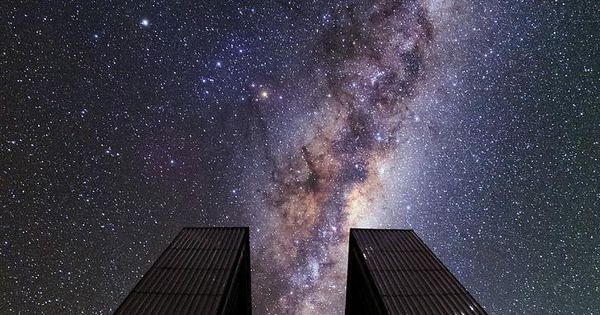

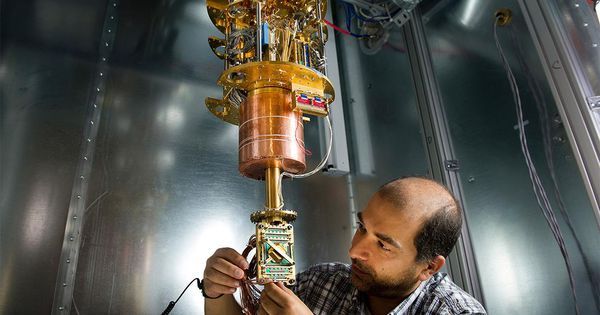
Despite growing excitement around the transformative potential of quantum computing, leaders in many industries are still unfamiliar with the technology that’s likely to prove more disruptive than Artificial Intelligence and blockchain. This ignorance seems particularly acute in industries that deal with physical systems and commodities. In an informal survey of two dozen executives in transportation, logistics, construction and energy, only eight had heard of quantum computing and only two could explain how it works.
In many ways this lack of awareness is understandable. Quantum computing’s value to our digital infrastructure is obvious, but its value to our physical infrastructure is perhaps less evident. Yet, the explosion of power and speed that quantum computers will unleash could indeed have a profound impact on physical systems like our transportation and utility networks. For companies, municipalities and nation states to stay competitive and capture the full benefit of the quantum revolution, leaders must start thinking about how quantum computing can improve our infrastructure.
Unlike classical computers, in which a bit of information can be either a zero or a one, quantum computers are able to take advantage of a third state through a phenomenon known as superposition. Superposition, which is a property of physics at the quantum scale, allows a quantum bit or qubit to be a zero, a one or a zero and a one simultaneously. The result is an astronomical increase in computational capacity over existing transistor-based hardware. Google, for example, has found that its quantum machines can run some algorithms 100 million times faster than conventional processors.
A startup called HyperSurfaces wants to completely change how you interact with the physical world — and based on some recently released demo videos, it might just meet that lofty goal.
The London-based startup recently unveiled a new technology that can transform any object into a user interface. Essentially, this tech lets you communicate with a computing system using virtually anything you like as a conduit — a glass wall, a car door, even a metal clothes rack — and it has the potential to end our reliance on keyboards, buttons, and touch screens forever.
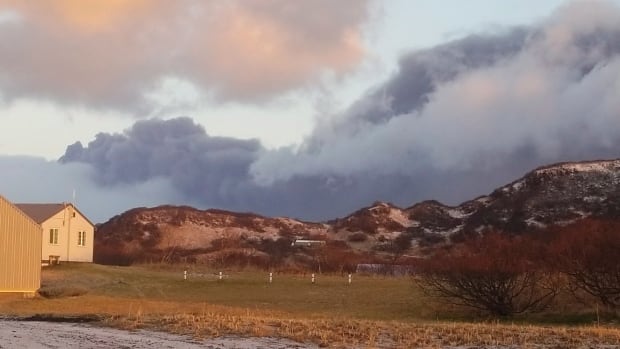
Residents of a tiny Alaska Native community woke up to a little pre-Thanksgiving excitement Wednesday, with a neighbouring volcano spewing a billowing dark cloud high into the air.
The sooty emissions from Mount Veniaminof were visible from the Aleut village of Perryville nearly 40 kilometres to the south, locals said. But the wind was pushing the plume away from the community of 101 people.
“It’s a big, black, ugly cloud,” lifelong resident Victoria Tague said of the ash, which later slipped behind a cloud cover.
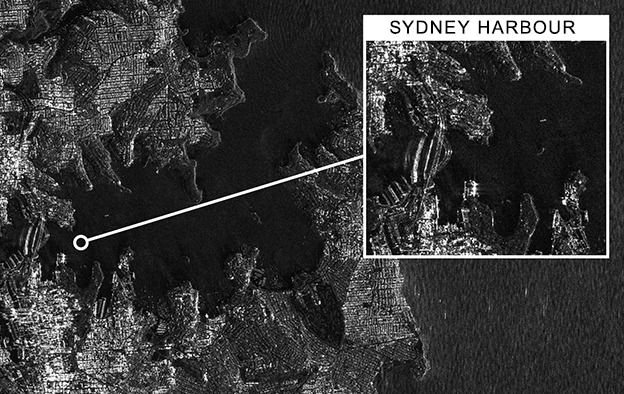
Sydney Harbour and the Egyptian pyramids feature in the debut images from the first all-UK radar spacecraft.
NovaSAR was developed jointly by Surrey Satellite Technology Limited of Guildford and Airbus in Portsmouth, and launched to orbit in September.
Its pictures are now being assessed for use in diverse applications, including crop analysis, flood and forestry mapping, and maritime surveillance.
A remarkable machine propelled by ionic wind could signal a future with cleaner aeroplanes.
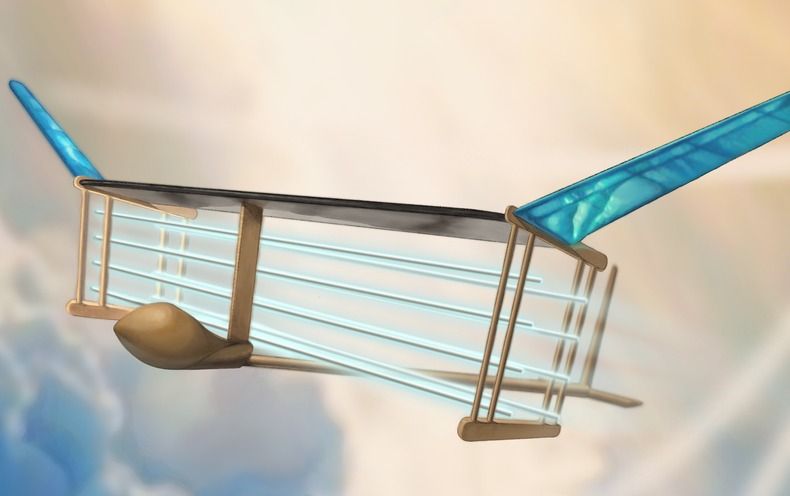
Researchers fly the first atmospheric aircraft to use space-proven ionic thrust technology.

Is it a bird? A plane? No — it’s a galaxy. Take a closer look: https://go.nasa.gov/2FypUZL

For the first time, Virgin Orbit has strapped its 21-meter rocket to a modified 747 aircraft and taken to the skies. The company performed this “captive-carry” test flight on Sunday in Victorville, located to the northeast of Los Angeles.
“The vehicles flew like a dream today,” Virgin Orbit Chief Pilot Kelly Latimer said in a news release. “Everyone on the flight crew and all of our colleagues on the ground were extremely happy with the data we saw from the instruments on-board the aircraft, in the pylon, and on the rocket itself. From my perspective in the cockpit, the vehicles handled incredibly well, and perfectly matched what we’ve trained for in the simulators.”